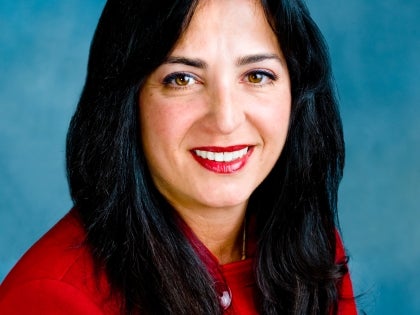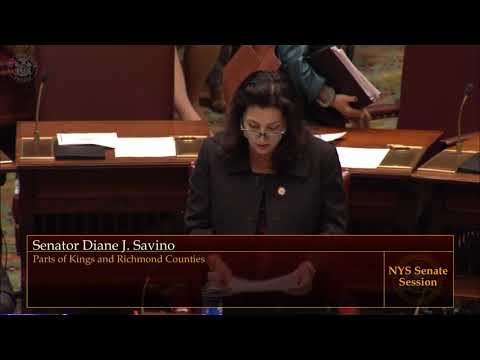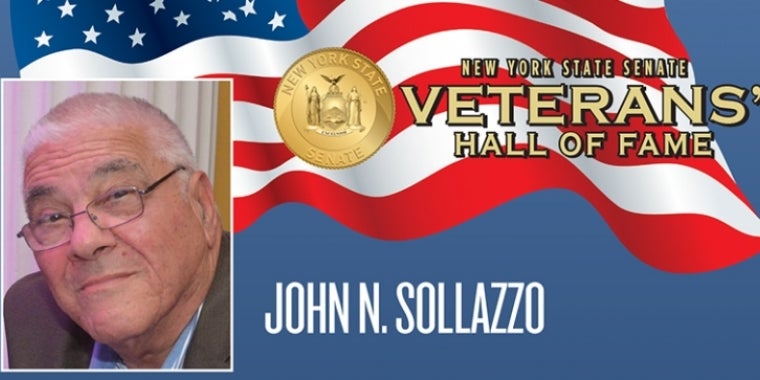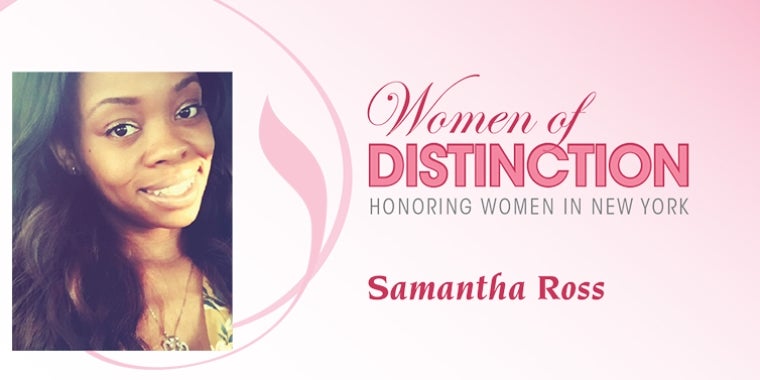
Transportation On Everyone's Front Burner
Elected officials are all working on different ways to improve the traffic flow here
STATEN ISLAND, N.Y. -- He might be enjoying the balmy weather while on vacation in Sarasota, Fla., but Borough President James Molinaro's mind is still stuck in Staten Island traffic.
Instead of the usual tourist destinations, Molinaro, along with Deputy Borough President Ed Burke, spent one morning last week visiting several intersections, to check out "smart light" technology, that allows traffic lights to change according to traffic volume.
It would be great, for instance, at the Victory Boulevard entrance to the College of Staten Island, he said, where a turning arrow currently holds up traffic on Victory, even on weekends when there are few cars entering or leaving the school.
The Big Apple isn't always so big on innovation in the realm of transportation, with many ideas coming to the borough after being used for years elsewhere. And some of the best recent additions to borough roads, like large overhead street signs along Hylan Boulevard and other local roads, have come from Molinaro's Florida jaunts.
And after years of gripes from infuriated drivers stuck in traffic while cars whiz past them illegally in the Staten Island Expressway's bus-only lanes, comes another idea based on technology used around the country.
Assemblyman Michael Cusick recently introduced a bill to install enforcement cameras along the expressway bus lanes. Using pictures of offending motorists' license plates, tickets would be sent in the mail.
"There is a significant need for this, I believe, because if we can cut down on the illegal usage of the lane, we can have a steady flow in that lane, and ultimately it will help with congestion on the Staten Island Expressway," Cusick said.
"We've got an every man for himself mentality out here," said motorist Art Cappabianca of Port Richmond, who admitted the thought of being left in the dust by a driver in the bus lane used to make him crazy. "There's no thought toward consequences, never mind legal consequences, there's no thought to another person's commute as long as they get where they're going on time." He said the cameras are a good move, though violators are in the lane so frequently now, he has become numb to the idea.
Cusick, who is joined on the Assembly bill by co-sponsors Janele Hyer-Spencer, Matthew Titone and Lou Tobacco, says he will strive to get it passed, despite past opposition to camera bills based on privacy concerns.
Sen. Andrew Lanza introduced Cusick's bill in the Senate last week, with Sen. Diane Savino as a co-sponsor. "We spent a lot of money building that lane for buses, not for people who just don't want to sit in traffic," Ms. Savino said.
Molinaro said he hopes the penalties will be stiff, and suggested $250 tickets -- for the first infraction.
As a temporary relief measure until the end of the Verrazano-Narrows Bridge construction work this summer, the New Jersey-bound bus lane is currently used as an HOV lane for cars with two or more occupants. It is only open to cars on weekdays from 3 to 7 p.m. Lanza said he believes the technology is there that could use the cameras to someday count the number of occupants in moving cars, which could open the door to a permanent HOV lane in both directions.
That is just one of the ideas floating around as concern over expressway traffic continues to grow, as an article in the June 1 Sunday Advance highlighted the expressway's crisis state.
Next up, Cusick said he will continue to push the MTA to remove the unused Brooklyn-bound Verrazano toll booths as soon as possible, to help speed up traffic, particularly during the morning rush.
Councilman James Oddo is working on setting up a meeting with the state DOT and other elected officials to address the "Bradley Avenue mystery," to find solutions to that ever-present expressway bottleneck. He is also trying to get a fix to the Richmond Avenue exit, as well as pushing for the West Shore Light Rail project.
Councilman Michael McMahon said he hopes to have news about improvements to other on- and off-ramps to the expressway in the near future.
Sen. Savino called for the elimination of barrier arms that slow traffic coming through toll booths at the Verrazano-Narrows Bridge. She also recommended giving motorists greater direction by way of signage, to help ease the merge from the toll lanes through the choke-point that forms when traffic funnels into three highway lanes.
Outgoing Congressman Vito Fossella echoed a suggestion from Ms. Hyer-Spencer, who said the best way to tame traffic is to take a holistic approach, including traffic concerns on the other side of the Goethals and Verrazano bridges that contribute to congestion here.
"Ideally it's going to take the partnership of all leaders to impress upon the state to make changes and make them quickly," Fossella said, adding that change must come "not 10 or 15 years from now, but now."
Fossella also pointed to short-term changes, like intersection improvements at Arthur Kill Road and Richmond Avenue, as well as adding more left-turn bays, to help ease clogs on local roads.
Molinaro called for the connection of service roads in areas where they were never built, to cut down on traffic on local streets.
Titone said he will continue to push for the appointment of a "transportation czar" to help organize future projects, an initiative he shares with Ms. Savino.


